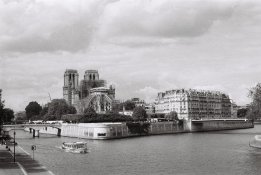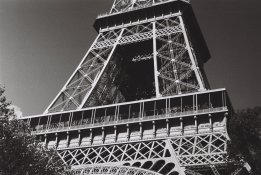etn
Member
It's not just youTMAX 400 is a designer grain film. 30 years ago when it was first released, the film amazed a lot of photographers including me. However, I prefer the look of Tri-X. It's probably just me because I'm used to older Tri-X. TMAX grain looks too smooth.
 I like TMAX but prefer Tri-X.
I like TMAX but prefer Tri-X.I like the way Tri X shows grain, particularly in the "lower mid tones", it creates a very dramatic effect.
Here an example on 35mm with yellow filter. In medium format the grain is more subtle and elegant.


Apart from that the film is quite high contrast and punchy:

(now you guys can guess where I spent my last vacation weekend
 )
)







 )
)

